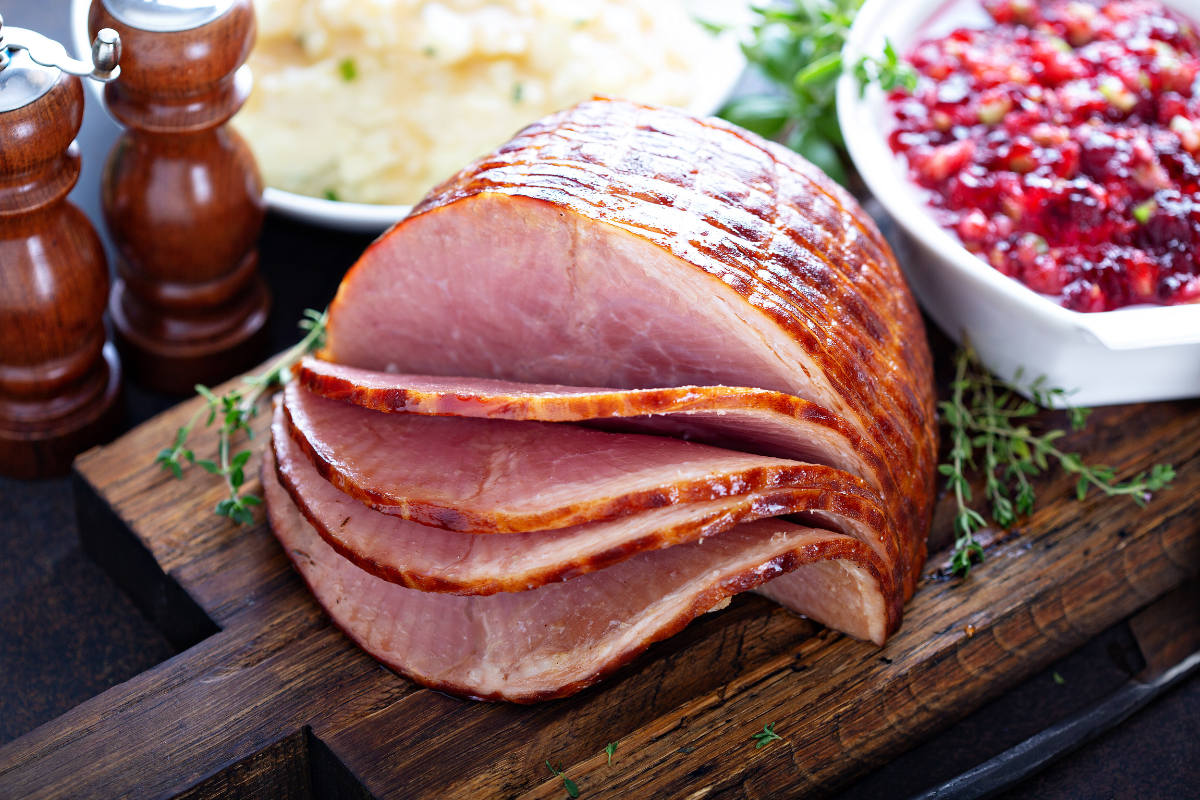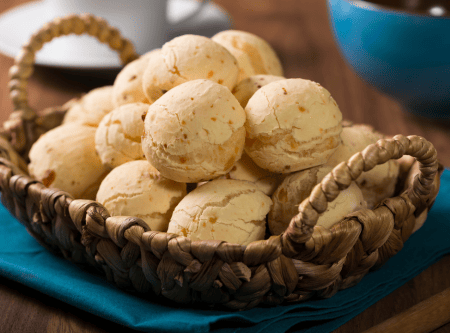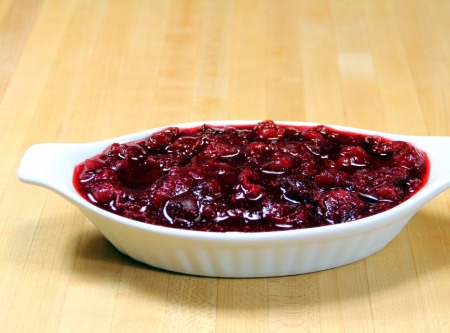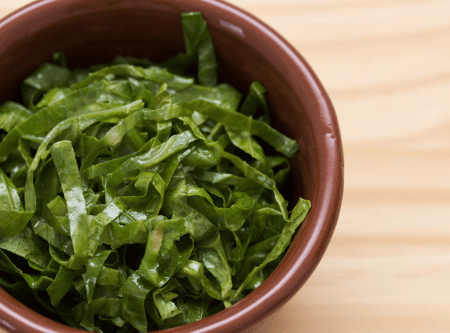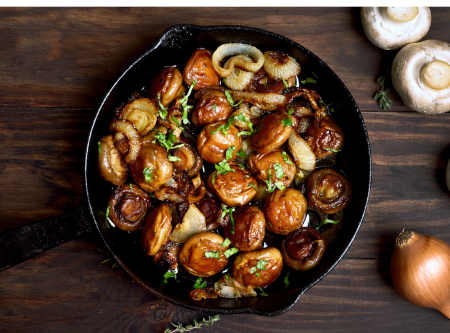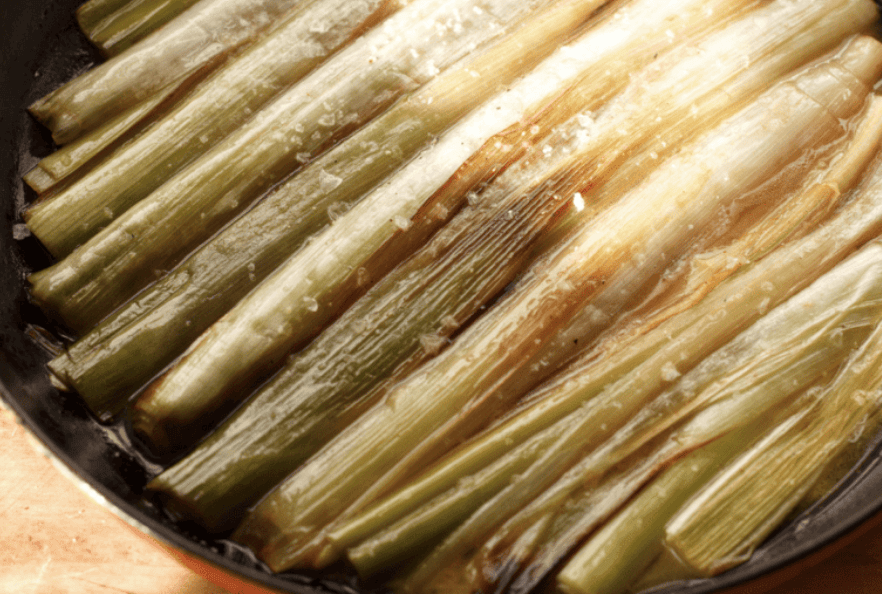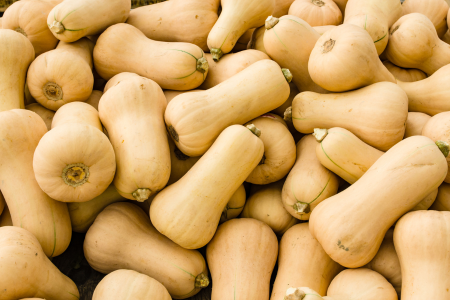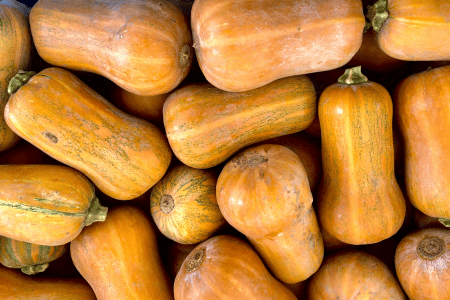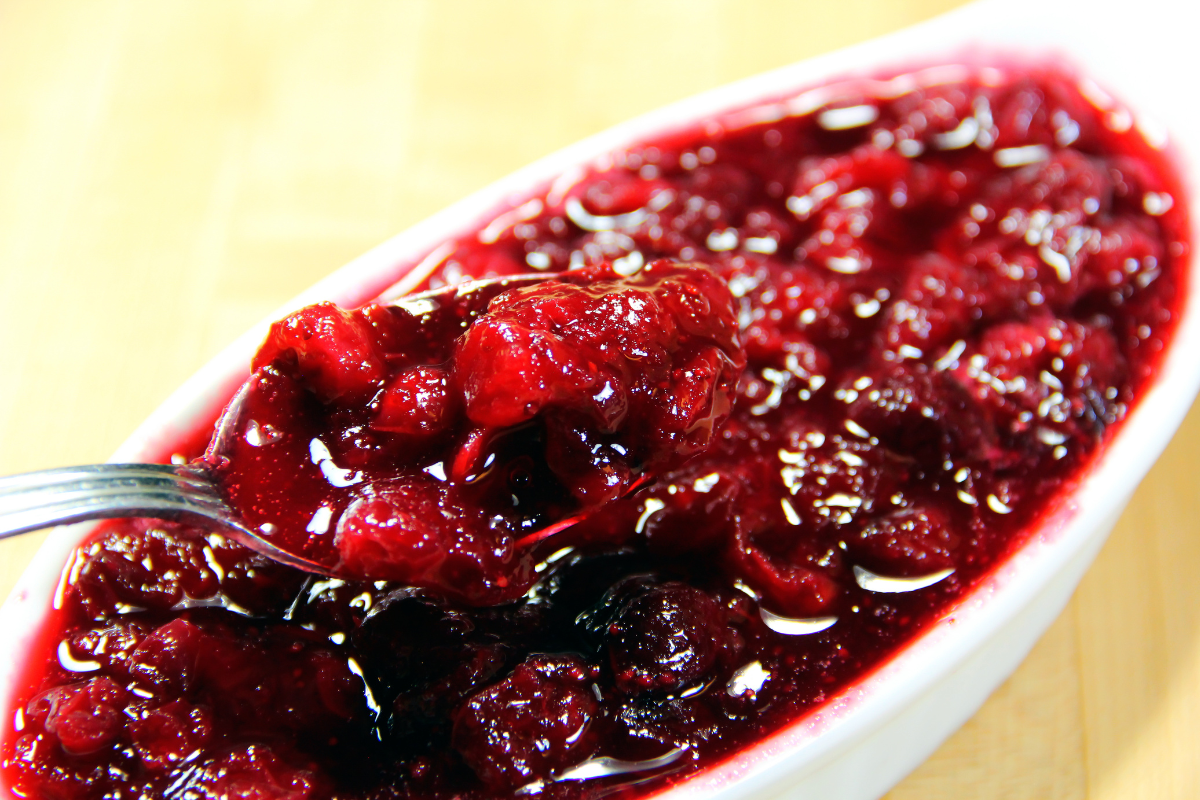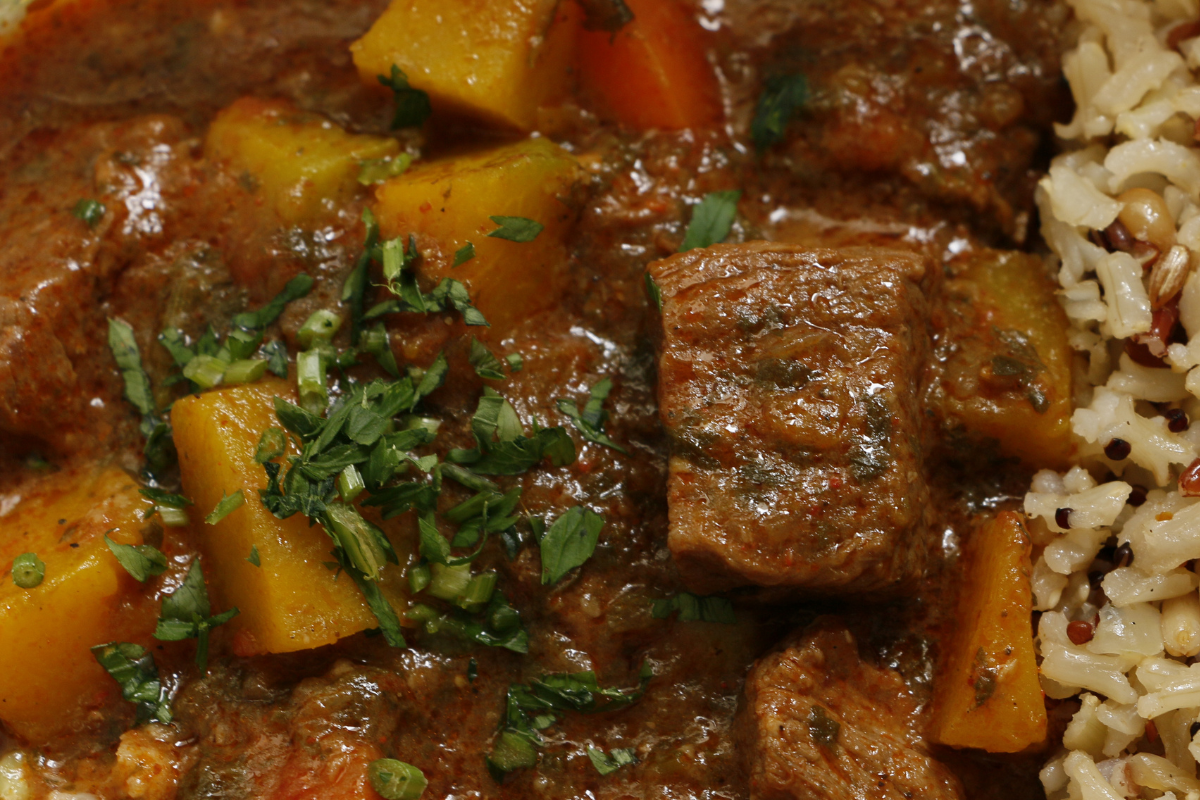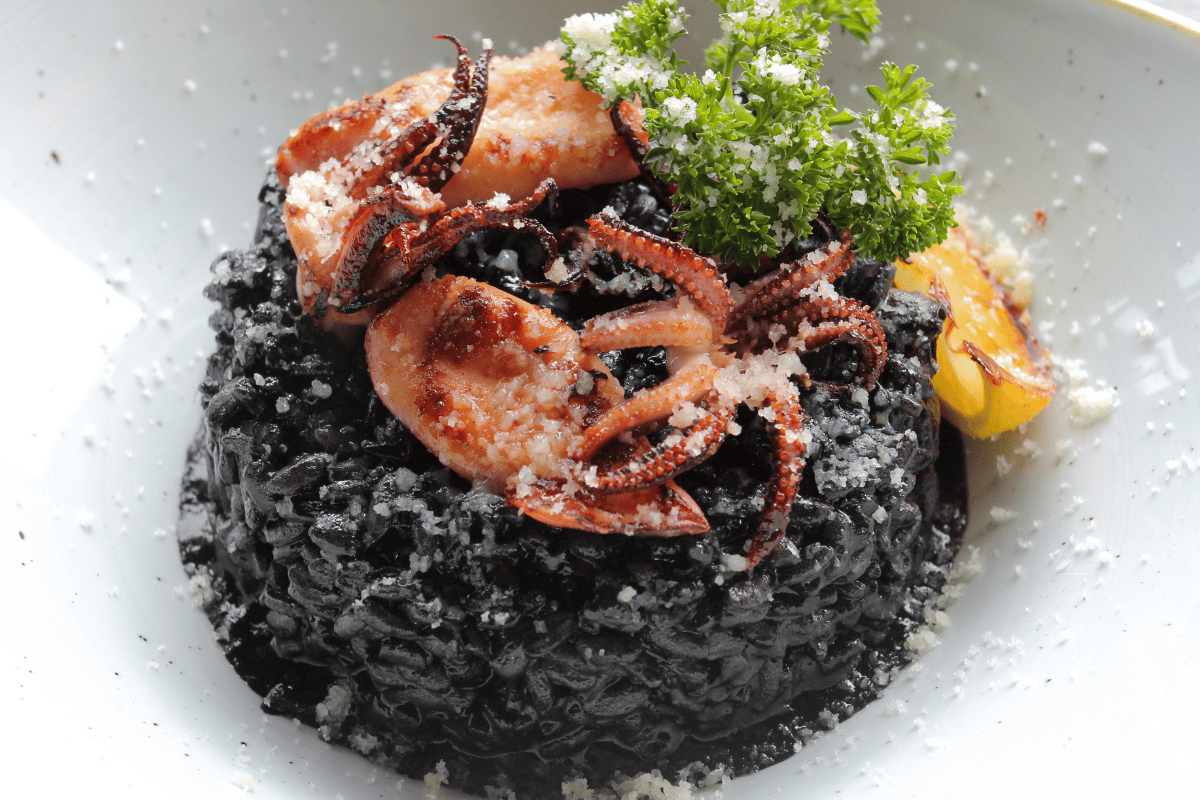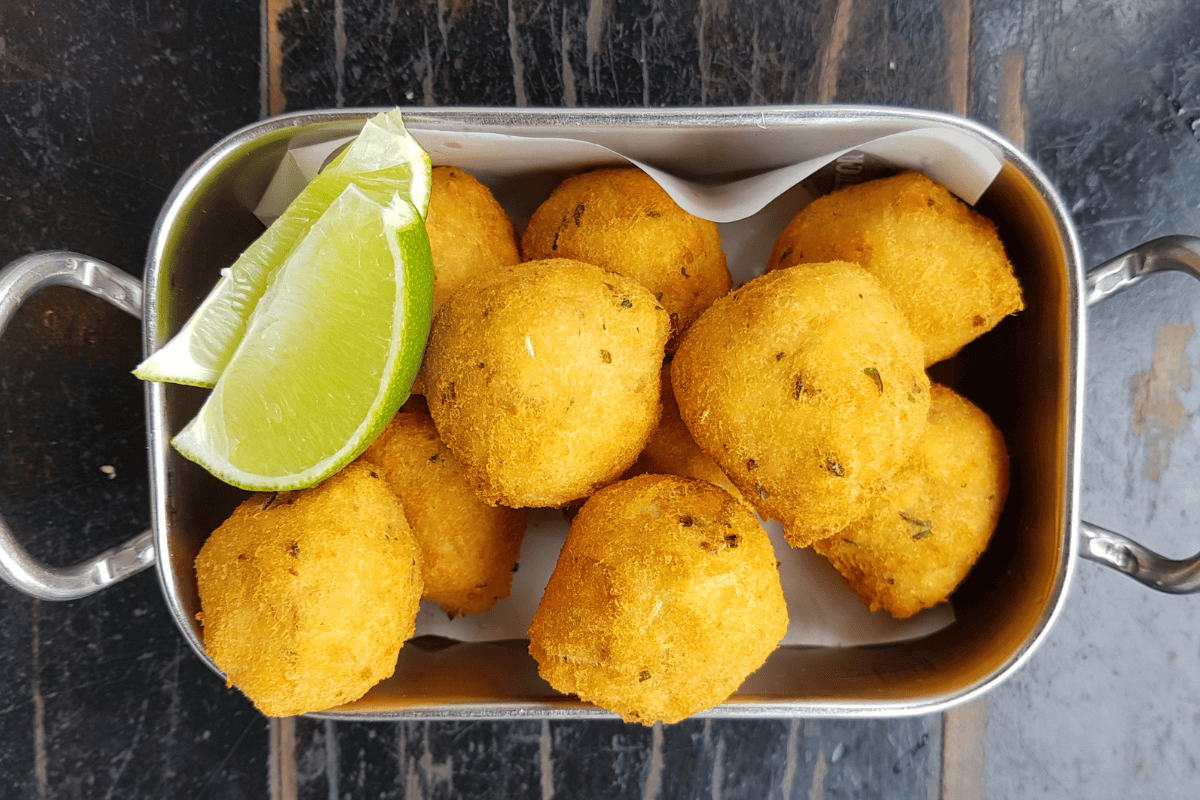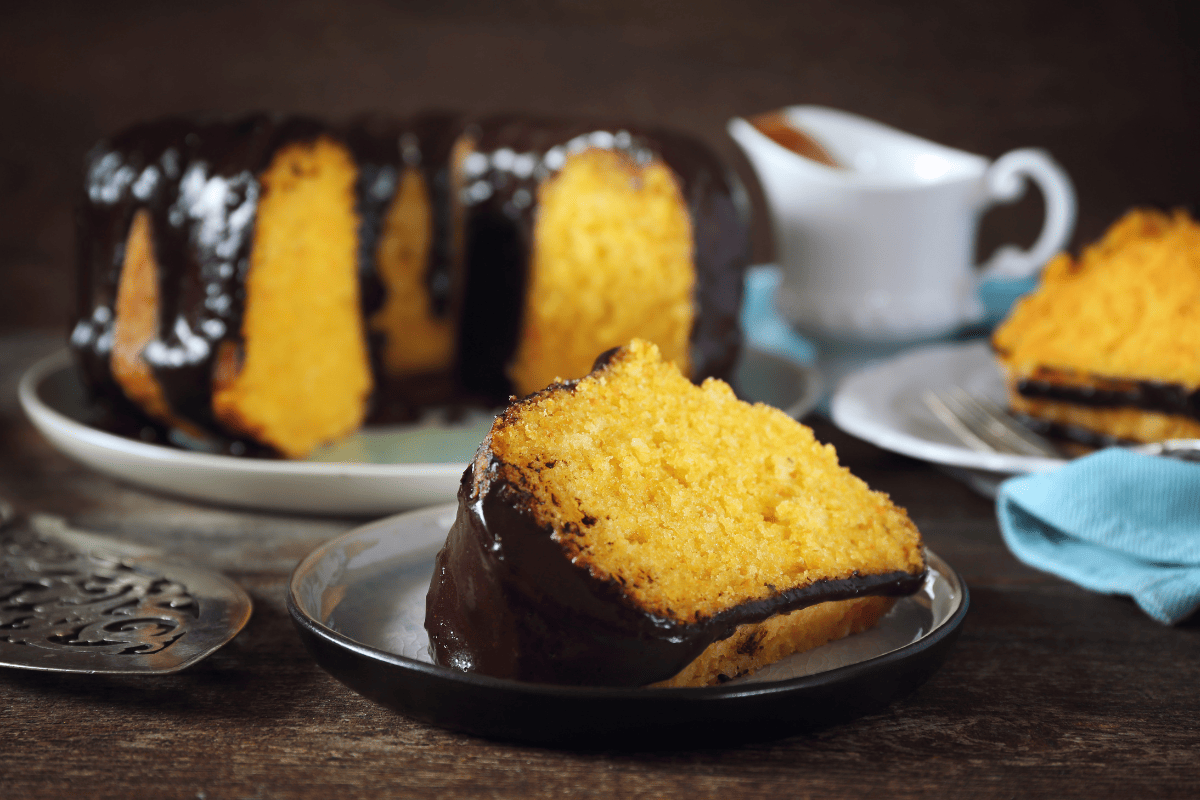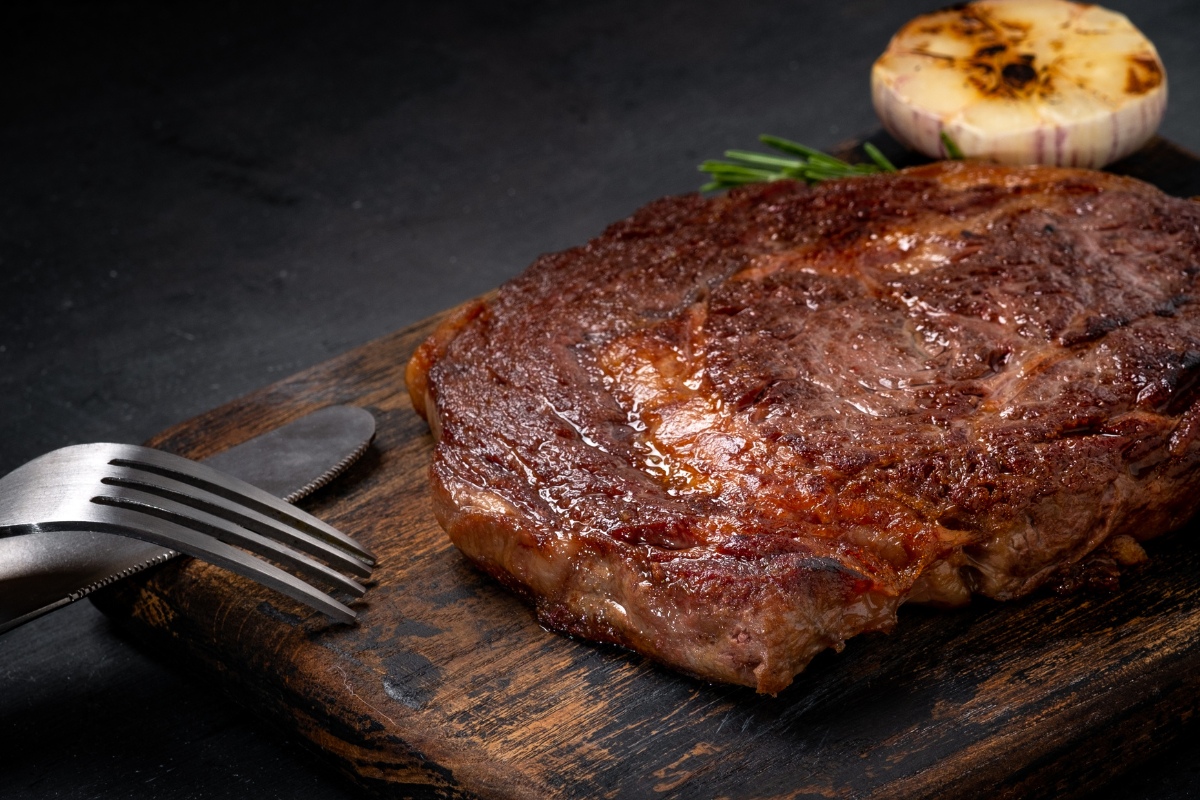
Nearly every culture has a version of battered and fried chicken. From katsu in Japan to pollo frito in Italy, the combination of juicy chicken coated and a crunchy crust is a universal favorite. No surprise, then, that Brazil has its own version of fried chicken: frango a passarinho. It is a staple in the bar scene but is just as delicious when enjoyed at home.
What is Frango a Passarinho?
Frango a passarinho has a somewhat comical English translation: “chicken like a little bird.” The name is a reference to the bite sized pieces that are used. A whole roasting chicken is reduced to mini morsels; you are effectively making a “little bird” from the bigger bird, or chicken. It’s probably best not to think too much about it.
When Do Brazilians Eat Frango a Passarinho?
Brazilian fried chicken is often featured on petiscos menus. Petiscos are simply the Brazilian version of tapas–small dishes meant to be shared with friends at a crowded boteco, or bar. Brazilians will often make a night of it, socializing and wandering from bar to bar, enjoying frequent little bites to help insulate against the inebriating effects of alcohol. (Check out our recipe for montaditos for another petisco favorite.)
Do You Have to Use a Whole Chicken?
No, in fact our recipe for frango a passarinho uses only wings and drumettes. Traditional recipes often call for chopping up a whole chicken into tiny pieces–.even the wings are divided into two or three pieces. We’re of the opinion that this is a) too much work and b) too little reward per piece, especially when navigating around bones. Furthermore, the dark meat of the wings and drumettes is less prone to drying out than breast meat, which means you can get a crispier crust without overcooking them.
Do You Marinate Frango a Passarinho?
Yes, a simple marinade of garlic, lime juice, salt, and pepper is used to pump up the flavor and texture of your Brazilian fried chicken. We also like to add a little brown sugar for sweetness and some fresh, chopped cilantro for an herbaceous kick. You only need to marinate the chicken for an hour, but overnight will be ideal.
Recipe for Brazilian Fried Chicken (Frango a Passarinho)
Ingredients:
2 lbs chicken wings and drumettes
4 cloves garlic, finely minced
Juice of 2-3 limes (four tablespoons)
2 tsp salt
Freshly ground black pepper
½ cup chopped cilantro
2 tbsp brown sugar
1.5 cups flour
Vegetable oil for frying
Chopped cilantro and lime wedges for garnish
Instructions:
- In a large bowl, whisk together the minced garlic, lime juice, 1 tsp salt, black pepper, brown sugar and cilantro. Toss in the chicken and stir until evenly coated, then let it marinate in the fridge for at least 1 hour.
- Heat vegetable oil in a deep fryer or large, deep skillet to 350°F (175°C).
- While the oil is heating, prepare your flour mixture: mix the flour, 1 tsp of salt, and a few grinds of black pepper in a shallow container.
- Add a few pieces of chicken to the flour mixture and roll to coat. Shake off any excess and transfer the chicken to a tray or dish. Repeat until all the chicken has a nice dusting of flour.
- Place half the chicken carefully in the hot oil and cook until crisp and golden brown and they reach an internal temperature of 165 degrees fahrenheit. This should take around 10-12 minutes. Transfer the chicken to a cooling rack lined with paper towels. Repeat this process with the rest of the chicken.
- Add a squeeze of lime over the finished chicken and garnish with fresh cilantro and lime wedges.
Tips for Extra Crispy Brazilian Fried Chicken
- Make sure the oil is the right temperature. Oil that is too hot will result in a burnt crust and raw chicken. By contrast, oil that is too cold can result in a soggy crust that is too oily and pale in color.
- Fry the chicken in batches. Overcrowding the pot will drop the oil temperature and cause uneven cooking.
- When dredging the chicken in the flour mixture, press the pieces into it with a good amount of force. This helps the mixture stay onto the chicken when frying.
Brazilian Food Catered
Getting back to the grind for 2024? Why not start the year in style with Texas de Brazil’s catering service? Delicious churrasco meats and our famous side dishes brought right to your office will set the mood for a productive and motivated new year. Our dishes are slow-roasted, so please give us at least 5 hours to prepare your perfect meal. Go online to place an order today.

